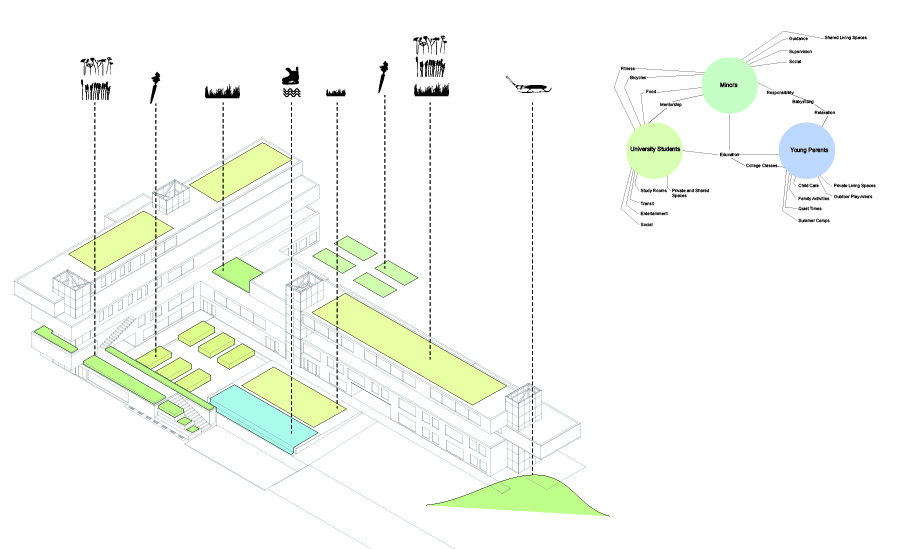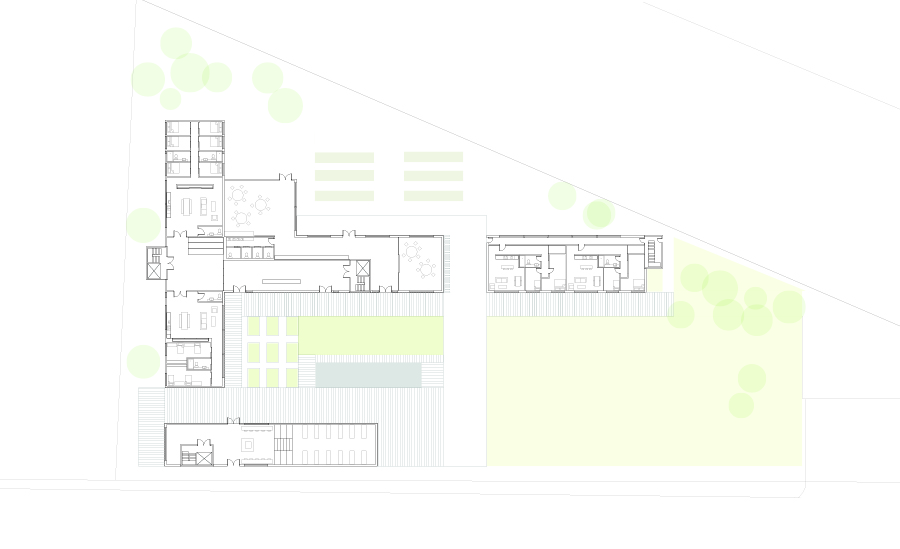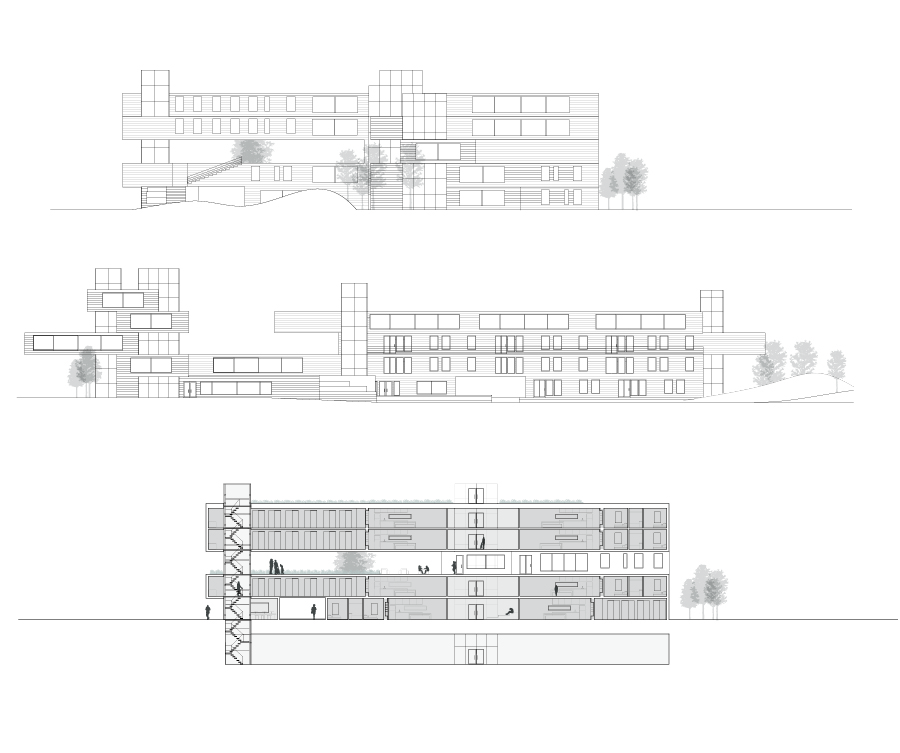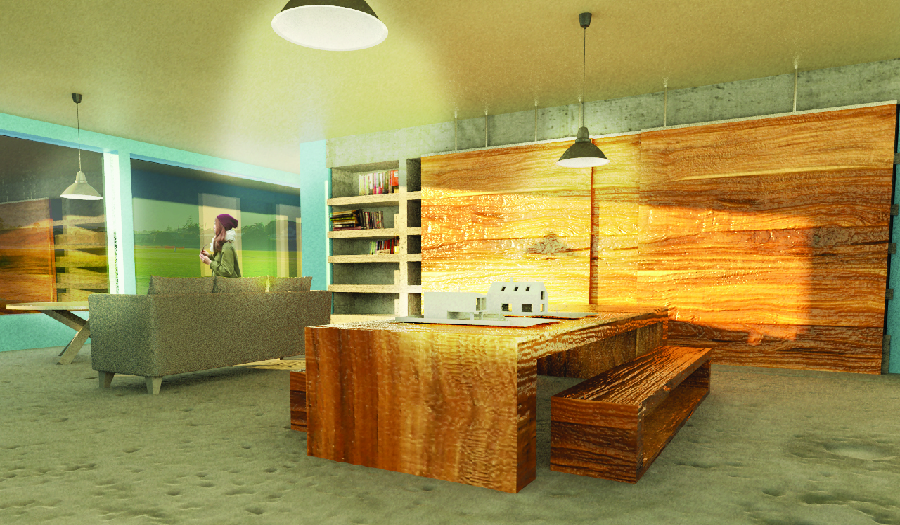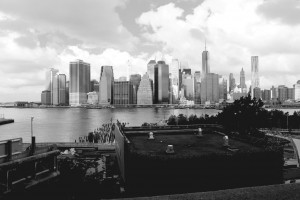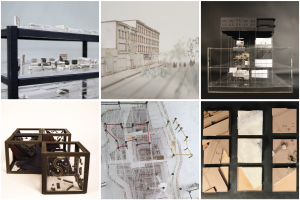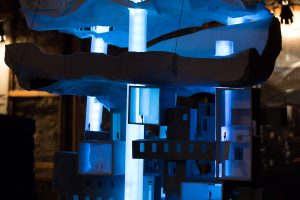Monday and Thursday are studio days. On these days in particular, the third floor undergraduate studio is filled with a frenetic energy of design, research and exploration. Students can usually be found talking excitedly with design professors and classmates in a habitat saturated with trace sketches, study models and empty coffee cups. Every Monday we’ll share a completed project, churned out from this energetic studio environment.
Arch 292 / Adrian Blackwell studio coordinator
The Great Domestic Revolution
Project Brief
In Ontario, Neoliberalism has ushered in the dismantling of Federal and Provincial public housing programs. In place of a rational program, new forms of housing have emerged: basement apartments in single family houses, extended families crowding into apartments designed for nuclear families, and rentals in empty condominiums purchased as investment properties.
For this studio we will begin with a series of contemporary situations which threaten to change the physical arrangement of the home, and which have mostly been ignored, normalized, or addressed in superficial ways:
1. An economic crisis perpetuated by a specific form of housing finance – the mortgage (literally death-grip).
2. Political crises in the concepts of both private and public space.
3. An environmental crisis instigated by the specific lifestyles we have chosen.
4. A globalized world transformed by accelerated movements of immigration.
5. The rationalization and atomization of everyday life through the rise of personal computing.
In this studio we will explore what this new person can do? What are her capabilities? How can contemporary housing expand rather than limit these possibilities. What this situation requires is what Dolores Hayden named a “Grand Domestic Revolution.”
The studio problem is to design new housing for 50 people on one of three sites in Cambridge: downtown Galt, an Industrial building and a rural arterial road. The goal of the studio is to develop new ways of living with others through the creation of new housing types and imagining new ways of assembling them in relation to the urban, suburban and rural landscapes that surround them.
Project by Morgan Wright / 2A
Design Statement
I designed my building around four ideas; social circles, ecological systems, circulation and the materiality and detail in the building. The building was designed for 24 university students, 16 emancipated minors, and 30 young parents and their children. Using a diagrammatic system, the program is arranged in such a way that the groups can interact and work together to create a diverse community.
To provoke public interest as well as addressing the environmental crisis, a public park has been proposed that travels through the building. The greenery travels from the ground level to the third level, creating a beautiful outdoor terrace, where the tenants and the public can sit and enjoy a coffee from the cafe located on the third floor. As well as creating a more interesting public space, this traveling park will help improve building circulation. The ideal goal being to create a sustainable, pleasant living environment that will easily become a new kind of neighborhood, instead of just an apartment block.



